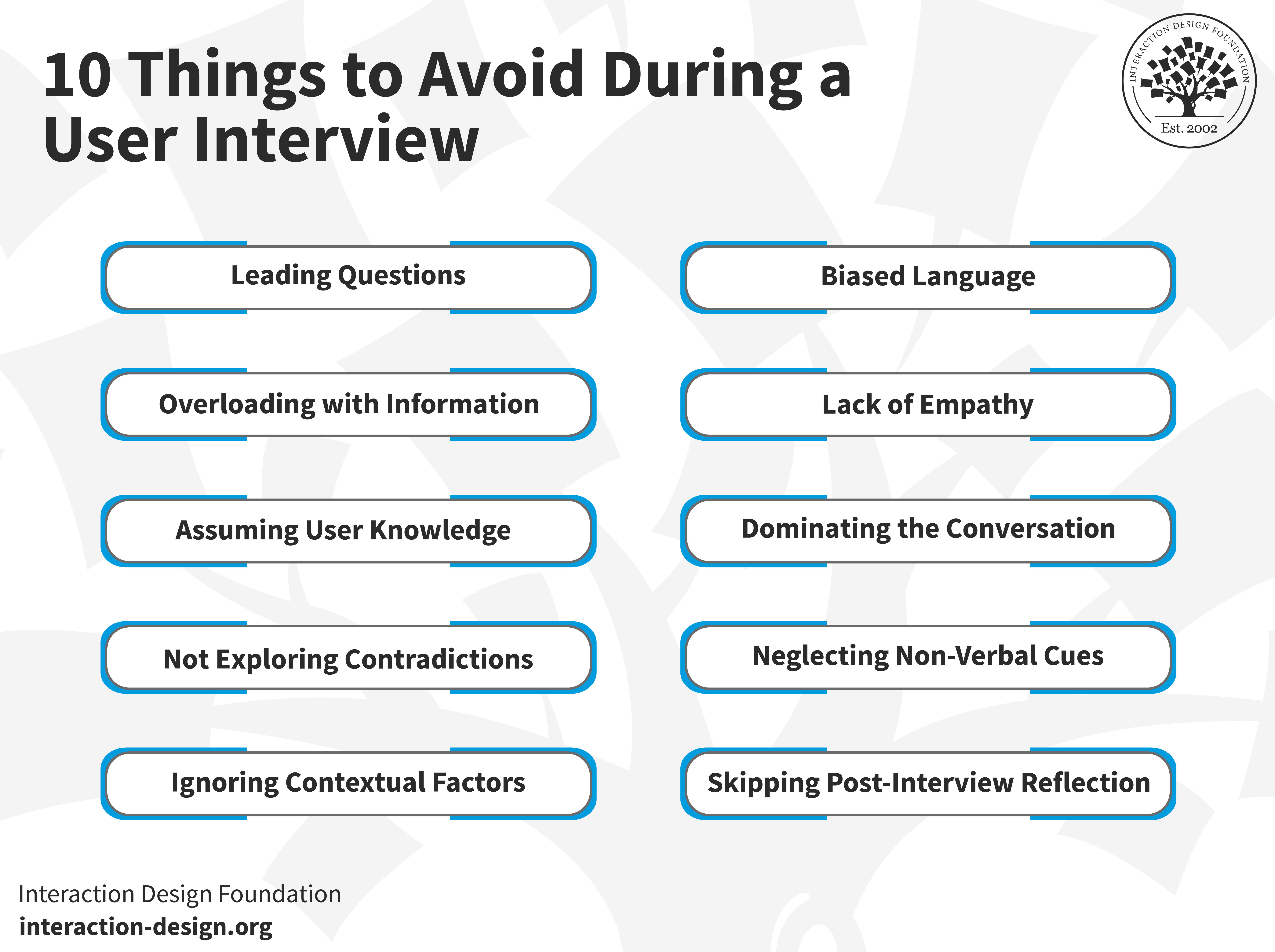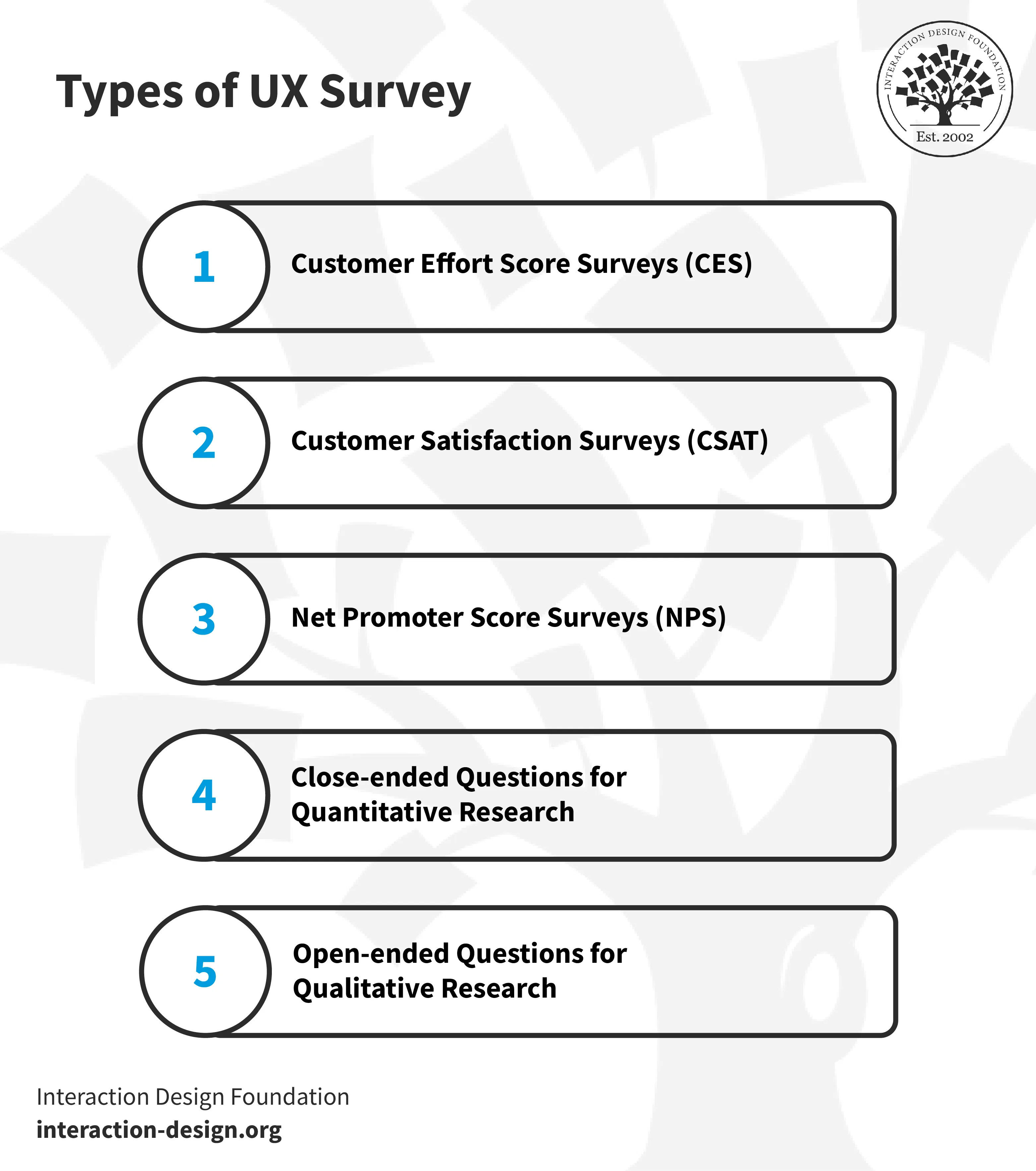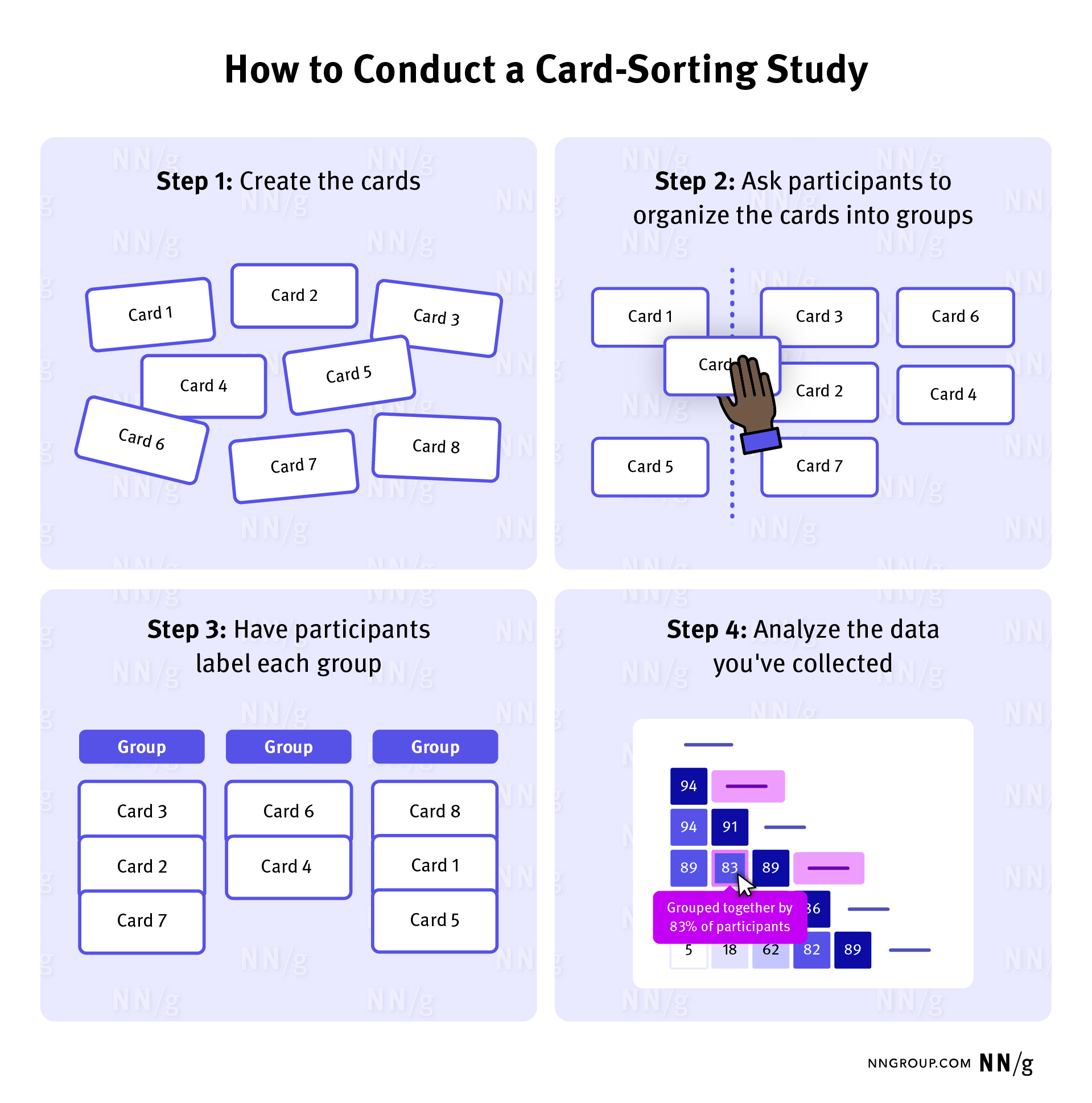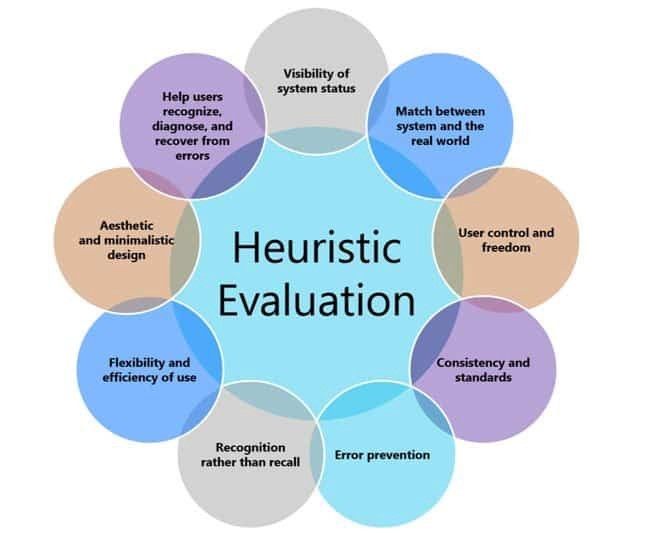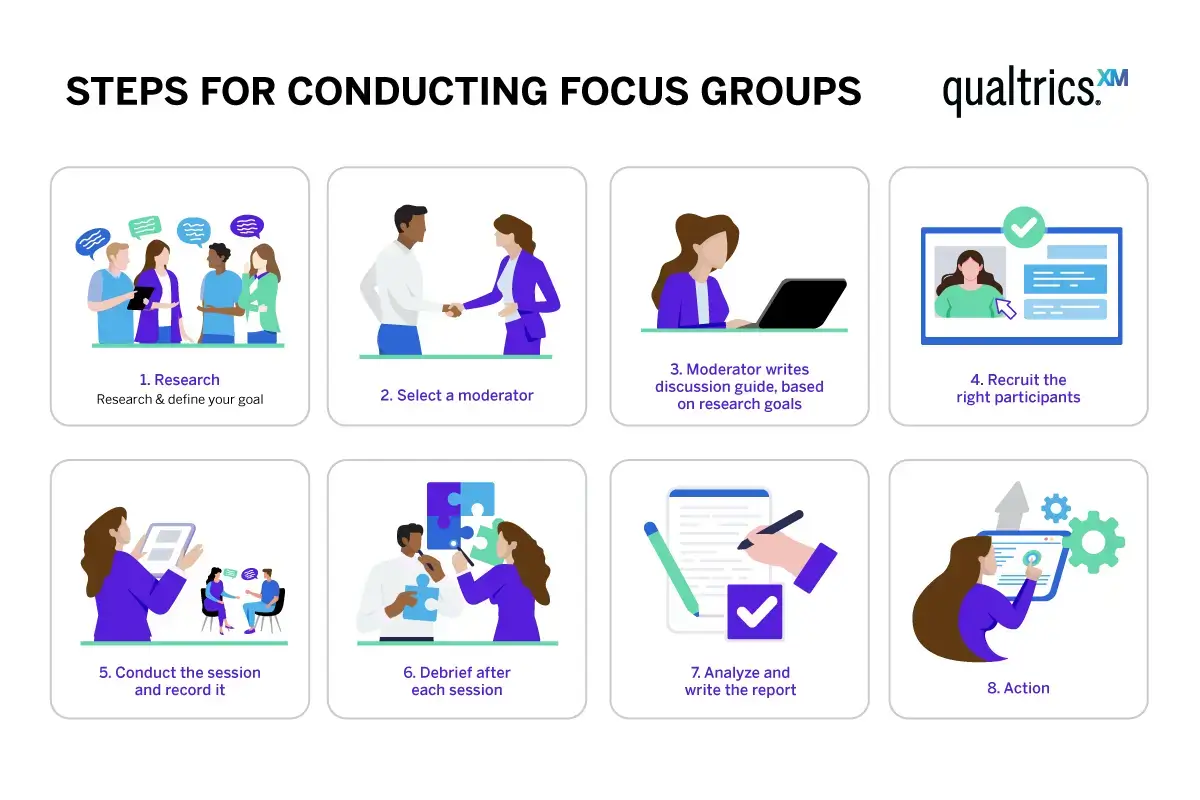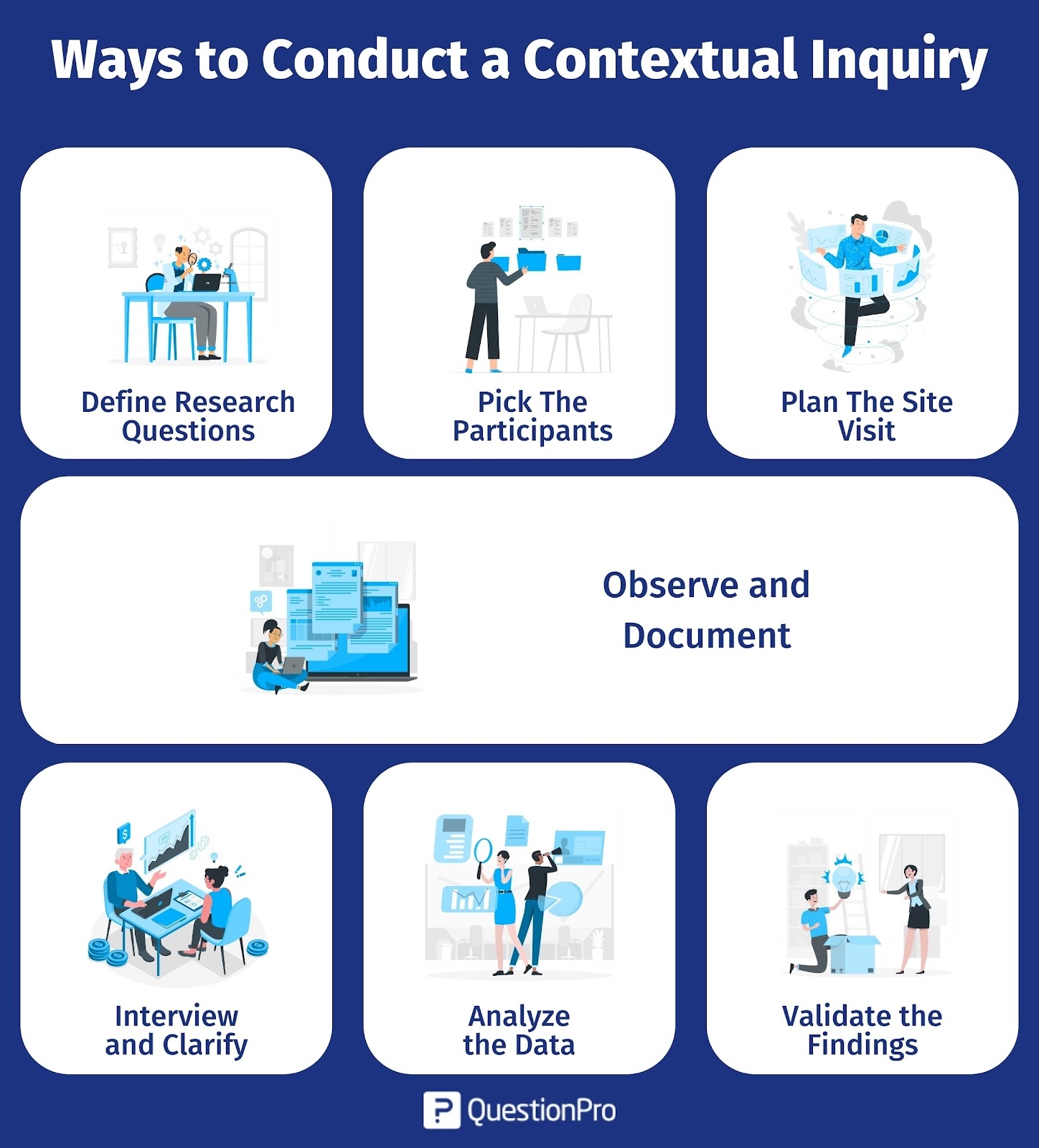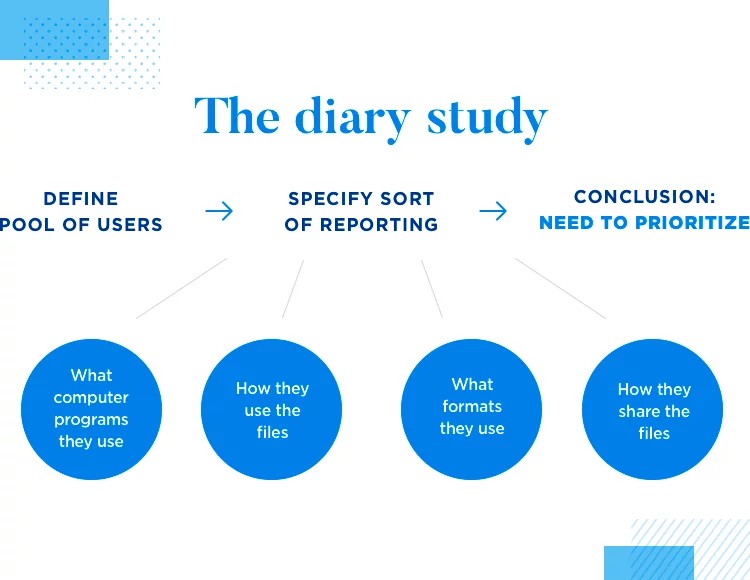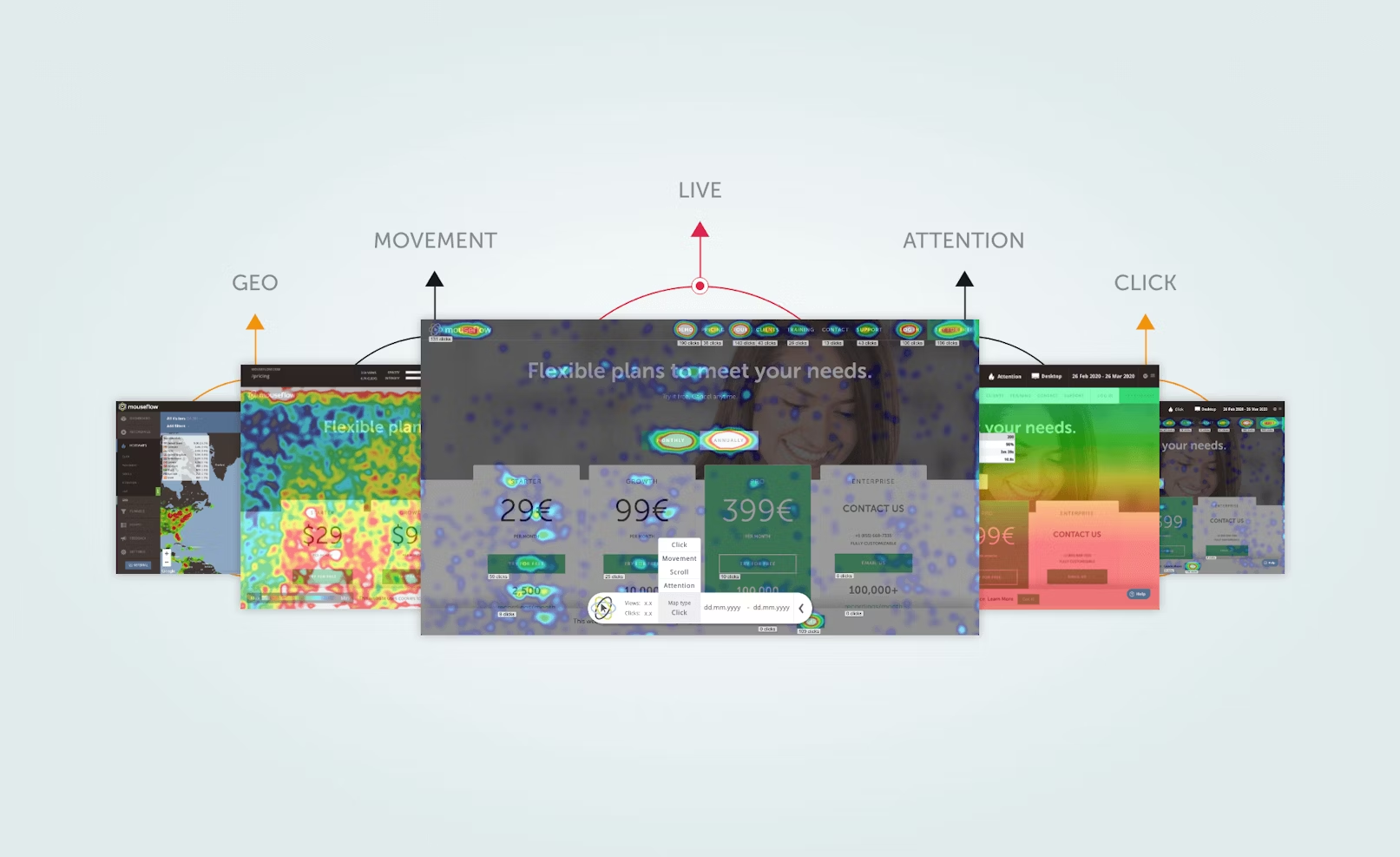To gain a comprehensive understanding of user experiences, UX researchers employ a variety of methods. This article covers ten popular UX research techniques, including user interviews, surveys, and usability testing, offering a deep dive into each method’s purpose, benefits, and challenges to enhance your research approach.
1. User Interviews
What is it?
User interviews involve one-on-one or group sessions with users, conducted either online or offline, typically lasting 30 to 60 minutes. This method, which includes generative, contextual, and continuous interviews, provides valuable UX insights by capturing both explicit feedback and underlying details such as behaviours, beliefs, desires, and experiences. Regardless of the interview type, user interviews offer in-depth intelligence that reveals more than just surface-level information, uncovering nuanced insights that go beyond initial expectations.
When does it apply?
The best time to choose this approach is when you are first starting to test your design or concepts. This stage is when you want to know what the user needs are and how you can best deliver them. It can also be applied for experimentation, whether you want to know which designs are best for a product, application or even website.
Source: Interaction Design Foundation
Benefits:
User interviews provide in-depth insights into the subject matter. It gives you prominent insights into what your product lacks or what could potentially be a turning point into becoming the most valuable asset to your company’s vision. It is also very flexible in terms of how it is being executed. It gives you room to go back and address missing pieces of gather additional insights that might have been lost during the preliminary stages.
Challenges:
Resonating from how flexible it is in terms of time and execution process, this is also a double-edged sword as it is time-consuming if you are under a set deadline. User interviews could also be exposed to potential bias from the perspective of both the researcher and the respondents. You as a researcher will be compelled to lead with your own preconceived bias towards your product and/or services that you want to push out, and the same goes for the respondents especially when they come from different backgrounds and needs.
2. Surveys and Questionnaires
What is it?
Surveys and questionnaires are quantitative research methods commonly employed to gather large-scale, statistical results on various subjects, including products, services, frameworks, and ideas. These tools provide cohesive data that can offer a comprehensive view of development stages. While they are used in both generative and continuous research due to their broad reach, they are most frequently utilised in evaluative research. Surveys and questionnaires are among the simplest and most widely used methods for UX researchers to obtain insights from respondents.
Taking the definition from User Interviews:
- Survey (aka Poll): The task or process of collecting data to gather insights from a specific set of respondents.
- Questionnaire: The content—a list of questions—that you are asking respondents to answer.
When does it apply?
Researchers opt for surveys and questionnaires when they want to get large data sets or they have a broader audience to get to. Since it is relatively easy to execute within a specific timeframe (short or long), this research method is the best option for many. This is not to say the post-production stage is the only time you can use this method, it can be applied to any stage in your project.
Source: Interaction Design Foundation
Benefits:
Surveys and questionnaires are very scalable. You can influence the dataset you want to generate and the target audience you want to act as the respondent groups. This method will give you a cohesive statistical insight that could help you navigate how you improve your framework. Surveys and questionnaires are one of the easiest research methods to conduct. This applies to the execution and analysis where you can run the results through many available data analysis software like Display, Thematic, IBM SPSS and Nvivo.
Challenges:
If you are looking for depth in your research, surveys and questionnaires may fall short in that category. You can look no further into the insights other than what is being written in the answer box. Plus, the most common shortcomings of using surveys and questionnaires are that the response rate may be low at times and if not, the quality of the results may not be as what you anticipated.
3. Usability Testing
What is it?
Usability testing involves observing users as they interact with a product to identify usability issues and assess how easily users can navigate or utilise various features. It provides direct feedback on the user experience by evaluating how intuitive and effective a product is from the perspective of real users. This method is typically conducted in a controlled environment where participants complete predefined tasks while being observed by researchers. Usability testing can be applied both during the prototype phase and after a product is launched.
When does it apply?
Usability testing is most effective during the prototype or post-launch stages of product development. It is used to evaluate and refine the ease of use of a product, identify pain points, and improve overall user experience. It helps ensure that the final product meets user expectations and functions as intended.
Source: Firas Ghunaim
Benefits:
Usability testing offers direct feedback on how users interact with a product, which helps identify specific usability issues that might not be apparent through other research methods. It provides actionable insights into how users perform tasks and what changes can enhance usability. This method enables researchers to observe real-time interactions and gather immediate responses, leading to targeted improvements.
Challenges:
Usability testing requires careful planning and adequate resources, including time, equipment, and participant recruitment. Conducting multiple iterations may be necessary to address identified issues thoroughly. The setup can be complex, and ensuring a representative sample of users can be challenging.
4. A/B Testing
What is it?
A/B testing involves comparing two versions of a product to determine which one performs better. By presenting different variations (Version A and Version B) to separate user groups, researchers can analyse which version achieves desired outcomes more effectively. This method is commonly used to test design elements, features, or content changes to optimise product performance based on data-driven results.
When does it apply?
A/B testing is ideal for optimising design elements and features to enhance user experience and achieve specific performance goals. It is typically used when you want to make incremental improvements based on empirical evidence, such as improving conversion rates or user engagement metrics.
Source: Max Stepanov
Benefits:
A/B testing provides data-driven decisions by comparing the performance of two versions and identifying which one yields better results. This method helps make informed choices based on user behaviour and preferences, leading to continuous, evidence-based improvements.
Challenges:
Setting up A/B tests can be complex and requires a significant amount of traffic to ensure reliable results. The method may not account for long-term effects or broader user context, and interpreting the data accurately demands careful analysis.
5. Card Sorting
What is it?
Card sorting is a technique where participants organise content into categories that make sense to them. This method helps inform the information architecture and navigation structure of a product by understanding how users mentally group and label content. Participants are given a set of cards with various pieces of information or features and asked to sort them into categories based on their perceptions.
When does it apply?
Card sorting is most useful when designing or refining the information architecture and navigation of a product, such as a website or application. It is employed during the design phase to ensure that content is organised in a way that aligns with user expectations and enhances usability.
Source: Nielsen Norman Group
Benefits:
Card sorting helps create intuitive structures and navigation systems by revealing how users naturally categorise and prioritise information. It is relatively easy to conduct and can provide valuable insights into user preferences and mental models.
Challenges:
The results of card sorting can be subjective and may require interpretation to identify meaningful patterns. Different participants might have varying perspectives, leading to diverse categorisations that need to be synthesised into a cohesive structure.
6. Heuristic Evaluation
What is it?
Heuristic evaluation involves experts reviewing a product against a set of established usability principles or heuristics. These experts identify potential usability issues based on their knowledge and experience, providing recommendations for improvements. This method is often used as a preliminary evaluation before conducting more extensive user testing.
When does it apply?
Heuristic evaluation is useful in the early stages of product development to identify usability issues before involving actual users. It is particularly effective when you want a quick assessment of potential problems without the need for extensive user testing.
Source: Ashwini Kalmane Ramachandra
Benefits:
Heuristic evaluation is cost-effective and quick, providing a rapid assessment of usability issues. It leverages the expertise of evaluators to identify common problems and suggest improvements based on established principles.
Challenges:
The evaluation may miss real user issues and is dependent on the skill and experience of the experts conducting the review. It may not fully capture user-specific challenges or provide insights into user needs and preferences.
7. Focus Groups
What is it?
Focus groups involve group discussions with users to gather diverse perspectives on a product, service, or concept. Participants share their opinions, attitudes, and reactions in a moderated setting, providing qualitative insights into their experiences and preferences. This method is valuable for exploring user attitudes and generating new ideas through group interactions.
When does it apply?
Focus groups are effective when you want to explore user attitudes, beliefs, and reactions to a product or concept. They are used to gather rich qualitative data, understand user motivations, and generate ideas for improvement or innovation.
Source: Qualtrics XM
Benefits:
Focus groups provide rich qualitative data and diverse perspectives from multiple participants. They can generate new ideas and insights through group discussions, revealing how different users perceive and react to a product.
Challenges:
Group dynamics can influence responses, leading to potential biases or dominant voices overshadowing others. Skilled moderation is required to manage discussions and ensure that all participants have the opportunity to contribute.
8. Contextual Inquiry
What is it?
Contextual inquiry involves observing and interviewing users in their natural environment to understand the context in which a product is used. Researchers gather insights by watching users perform tasks and asking questions about their experiences, goals, and challenges within their real-world context.
When does it apply?
Contextual inquiry is valuable when you want to gain deep insights into how users interact with a product in their everyday environment. It helps uncover latent needs, workflows, and challenges that might not be apparent in a controlled setting.
Source: Question Pro
Benefits:
Contextual inquiry provides deep insights into real-world use, capturing how users interact with a product in their natural context. It helps identify hidden needs and challenges, leading to a more nuanced understanding of user behaviour.
Challenges:
The method is time-consuming and can be invasive, requiring researchers to be present in users’ environments. Gathering and analysing data from contextual inquiries may also be complex and require careful interpretation.
9. Diary Studies
What is it?
Diary studies involve participants recording their interactions with a product over time, documenting their experiences, thoughts, and behaviours. This longitudinal research method provides insights into long-term user behaviour and how a product fits into users’ daily lives.
When does it apply?
Diary studies are useful for understanding long-term user behaviour and capturing real-life context over an extended period. They are employed when researchers want to gather data on how users interact with a product over time and identify patterns or changes in behaviour.
Source: Just in Mind
Benefits:
Diary studies provide longitudinal data, offering a detailed view of user behaviour and experiences over time. They capture real-life context and can reveal trends or issues that emerge with extended use.
Challenges:
The method relies on participant diligence and may result in subjective data. Participants need to consistently record their experiences, and the quality of the data can vary based on their level of engagement and accuracy.
10. Analytics and Heatmaps
What is it?
Analytics and heatmaps involve using data to track and analyse user behaviour and interactions with a product. Analytics provide quantitative data on metrics such as user engagement, conversion rates, and click patterns, while heatmaps visualise user interactions and areas of interest on a page.
When does it apply?
Analytics and heatmaps are used to identify trends, problem areas, and opportunities for improvement based on actual user behaviour. They are valuable for understanding how users interact with a product and pinpointing areas that require optimisation.
Source: Ramotion
Benefits:
Analytics and heatmaps provide quantitative data that highlights real user behaviour and interaction patterns. They offer insights into user engagement and areas of interest, helping to inform design decisions and improve user experience.
Challenges:
The data can be impersonal and may not provide context or qualitative insights. Interpreting the data requires careful analysis to avoid misinterpretation and ensure that findings are actionable and relevant to user needs.
Final Takeaways
Choosing the right UX research method is crucial for achieving your research goals. Combining multiple methods can provide a more comprehensive understanding of user needs and behaviours. UX research is an ongoing process essential for continuously refining and enhancing user experiences over time.
UX research is a multifaceted discipline that requires careful planning and execution. By thoughtfully selecting and combining research methods, you can gain valuable insights that drive user-centred design and enhance the overall user experience. Remember, the ultimate goal of UX research is to create products that not only meet user needs but also provide delightful and meaningful experiences.

